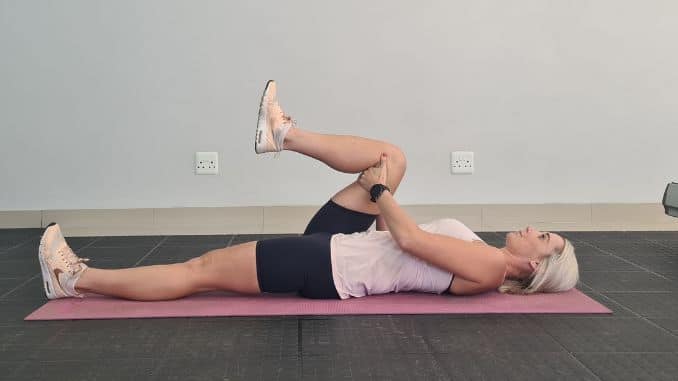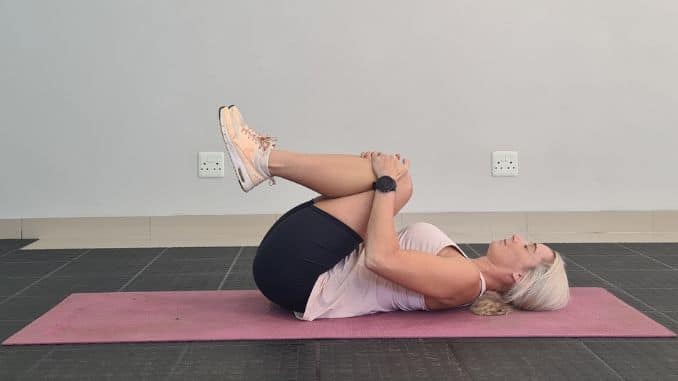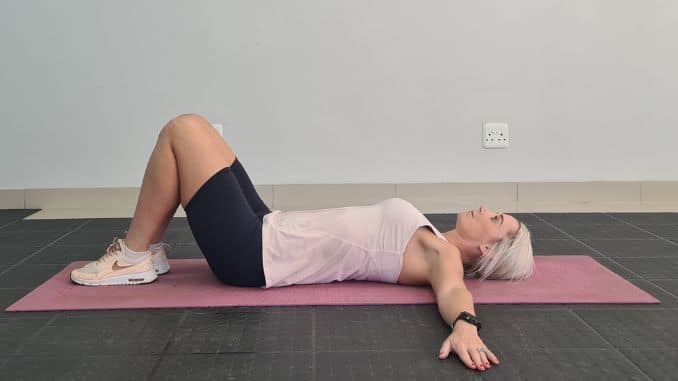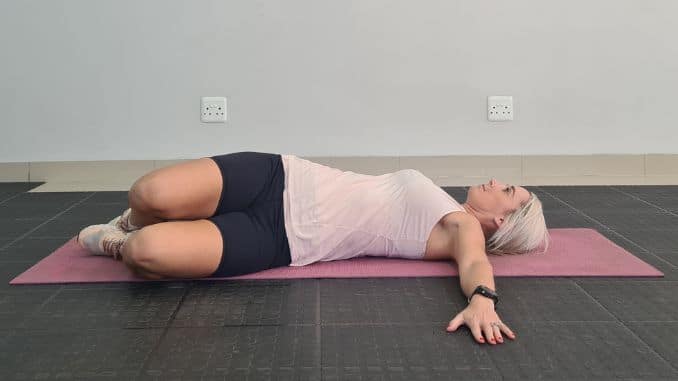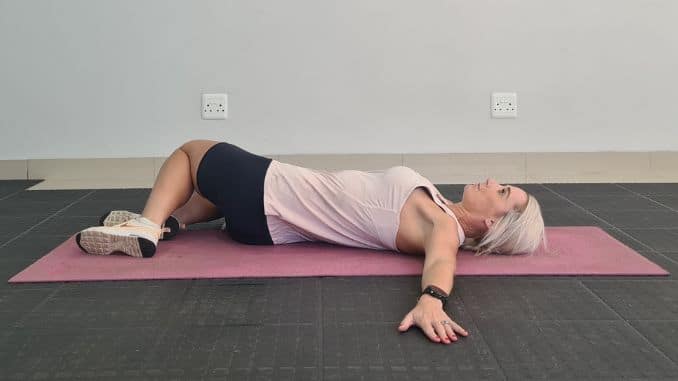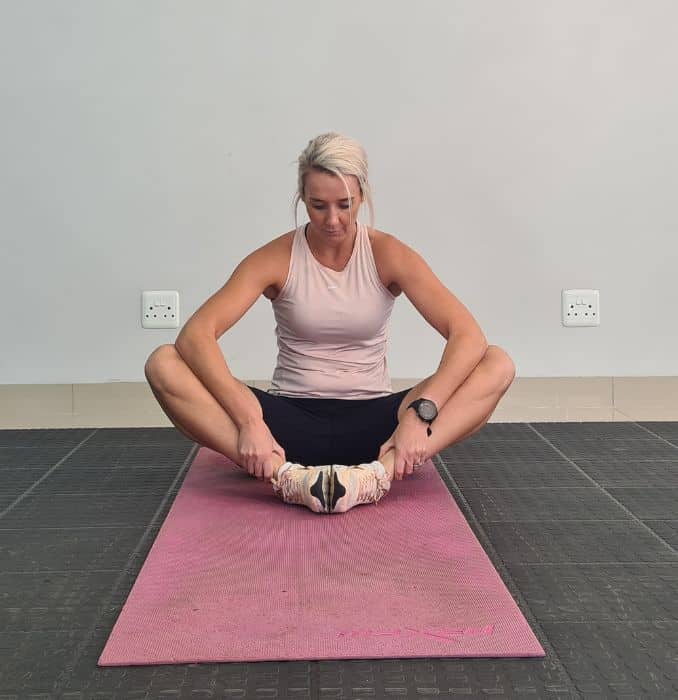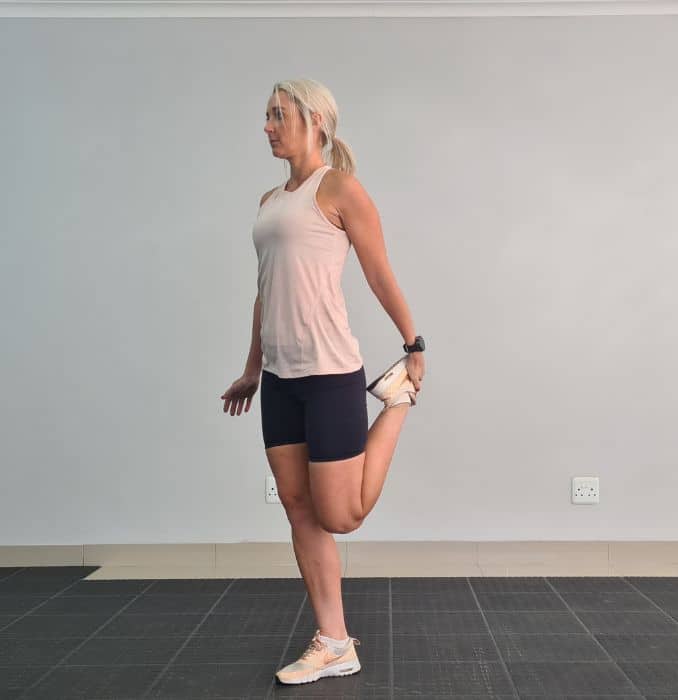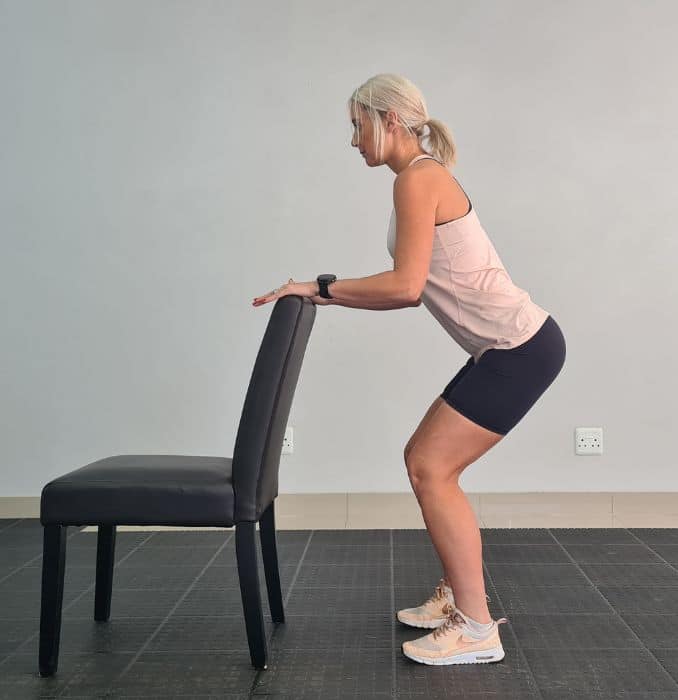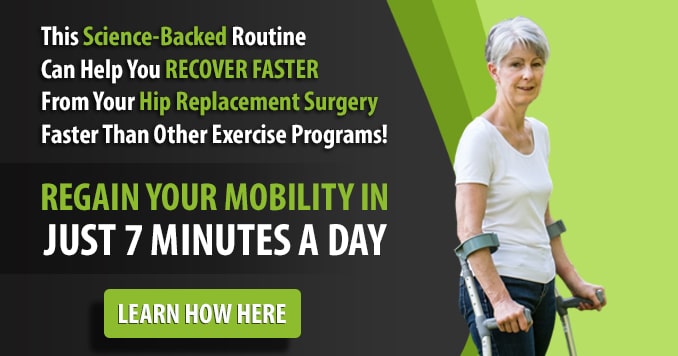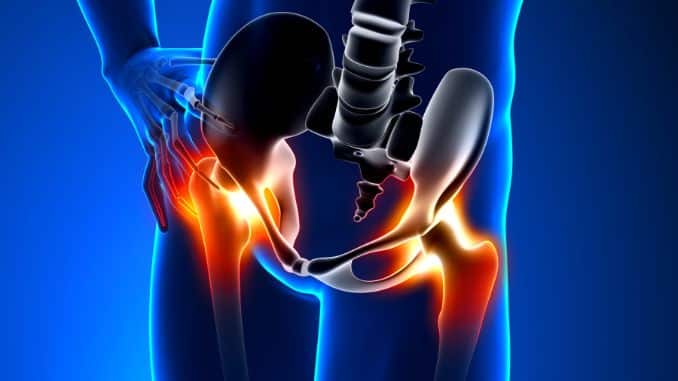
The hips are vital for sitting, standing, walking, running, bending, and just about every other motion. When playing sports, especially Cricket, it is also one of the most common areas where players experience pain. Hip pain can affect daily activities and one’s ability to perform sports. Aside from this, hip pain can be confusing because the pain can be referred to as the low back or the pelvis. Let’s talk about Treatment For Hip Pain and what causes this.
What Is Cricket?
Cricket is a bat and ball game played by two teams consisting of 11 players each. Each team takes turns in batting and playing on the field. If one team is batting, the other team shall make sure to score a lot of runs and make sure the opposing team does not reach that score.

Anatomy Of The Hip Joint
The hip is a ball and socket joint made up of two bones, the femoral head (head of the femur) and the acetabulum. A fibrocartilaginous ring or labrum is present in the joint to further deepen the acetabulum to accommodate the femoral head. This helps stabilize the hip joint because it increases the contact area and reduces joint stress during motion. Another structure that gives stability to the hip joint is called the hip joint capsule. It is strong and dense and covers the femoral head and neck like a sleeve.
There are three main ligaments around the hip joint. These are the iliofemoral ligament, pubofemoral ligament, and iliofemoral ligament, also called the capsular ligament. These ligaments control and restrict different movements to prevent injury.
The muscles around the hip joint can be classified into five groups, the hip flexors, hip extensors, hip abductors, hip adductors, and the rotators, medial and lateral. The hip flexors comprise the iliopsoas, rectus femoris, tensor fascia lata, and sartorius. The hip extensors are composed of the one joint gluteus maximus and two joint hamstring muscles. In contrast, the abductors are composed of the gluteus medius, gluteus minimus, and secondary muscles like the iliotibial band and tensor fascia lata.
The adductors are composed of pectineus, adductor longus, adductor brevis, adductor magnus, and gracilis. Lastly, the lateral rotators are composed of obturator internus and externus, gemellus superior and inferior, quadratus femoris and piriformis, and the medial rotators are composed of anterior portions of gluteus medius and tensor fascia lata.
Causes Of Hip Pain In Cricket
There are several possible reasons why players experience pain. It can either be intrinsic, meaning it is due to the faults in the shapes of the bones or weak muscles, or irrelevant, due to the sports that affect the hip joint.
The most common cause of hip pain in playing cricket is pulling or tearing the tendon of the hip abductors muscles. These muscles are used extensively when batting, bowling, leaping, and running because it controls the movement of the thigh to the center of the body and stabilizes and tightens the hip during sports.
Other causes include overuse of the muscles, overstretching, not warming up before playing cricket, poor diet and dehydration that can result from stiffening of the muscles, not enough rest during and between the gameplay, sudden and vigorous movement such as forcefully hitting the cricket ball or jumping to catch the ball. Fractures can also cause hip pain to the hip bone that can occur when falling after leaping to catch the ball or being hit by a cricket ball and other traumas directed at the hips.
Lastly, prior injuries to the hip or other medical conditions can also weaken bones and muscles in the hips, resulting in hip pain.
Hip Pain Symptoms
Symptoms vary depending on the cause of hip pain. If there is a pulled muscle on the hips, players will most likely feel a sudden striking pain. The area will be painful to touch, swelling and inflammation will be seen gradually, and sometimes, bruising is also present. Meanwhile, a fracture in the hip bone will cause intense pain and increase with time. The player will not most likely move this area because of it.
Treatment And Management Of Hip Pain
Treatment for hip pain depends on what is causing it. However, minor hip injuries can be treated at home safely.
Here are some safe remedies you can do to relieve hip pain and other symptoms:
-
Rest
Stopping playing cricket and other vigorous physical activity could be recommended to rest the affected hip. This can give the injured tissues a chance to start healing. However, you should limit rest to one or two days, as too much inactivity can weaken the muscles. Your doctor or physical therapist can recommend what activities you can or cannot do and when you can do them.
-
Ice
Applying ice to the affected area can reduce local swelling and inflammation and relieve pain. You may use a towel-wrapped cold pack or ice. Place it on the painful area for 10-15 minutes in a circular motion.
-
Anti-inflammatory drugs (NSAIDs)
Medications such as aspirin, ibuprofen, and naproxen can be recommended to relieve pain and reduce swelling and inflammation.
-
Exercise
Exercise is one of the Treatment For Hip Pain. Simple hip stretches and strengthening exercises can help reduce pain and strengthen the muscles around your hips as well as improve hip flexibility to prevent re-injury.
4 Stretching Exercises To Improve Joint Mobility
1. Single Knee to Chest
Lie on your back with your legs straight and arms on your sides, palms facing down. Pull your right knee towards your chest and place both hands on your shin to pull it closer until you feel a gentle stretch. Hold this position for 30 seconds before relaxing and releasing it to return to the starting position. This is one repetition. Complete 3-5 repetitions, 1 set. Lastly, repeat on the opposite knee.
2. Hip And Lower Back Stretch
Lie on your back with your legs straight and arms on your sides, palms facing down. Pull both of your knees towards your chest and place both of your hands on your shins to pull them more towards your chest until you feel a gentle stretch. Hold this position for 30 seconds before relaxing and releasing it to return to the starting position. This is one repetition. Complete 3-5 repetitions, 1 set.
3. Double Hip Rotation
Lie on your back with your knees bent and feet flat on the floor and close to your buttocks and arms on your sides in a T-position. Slowly rotate your knees to the left and lower them towards the floor, then rotate your head to face in the opposite direction. Hold this position for 30 seconds before returning it to the starting position. Complete 3-5 repetitions, 1 set. Repeat on the opposite side.
4. External Hip Rotation
For this Treatment For Hip Pain, sit on the floor with both legs straight in front of you and arms on your sides. Bend your knees and press the soles of your feet together. Place your hands on each knee, then gently push them down toward the floor until you feel a gentle stretch. Remember to do this in a pain-free range of motion. Hold this position for 30 seconds before relaxing and returning to the starting position. Complete 3-5 repetitions, 1 set.
5 Range Of Motion Strengthening Exercises
These exercises will help support your hip joint more and reduce pain.
1. Standing Hip Flexion
Stand with your feet hip-width apart and place your hands on your hips. You can also hold onto a table or chair for support using one of your hands. Slowly raise your right knee until the level of the hips. Hold this position for 7 seconds before putting it down and returning to the starting position. Complete 10 repetitions, 1 set. Repeat on the opposite hip.
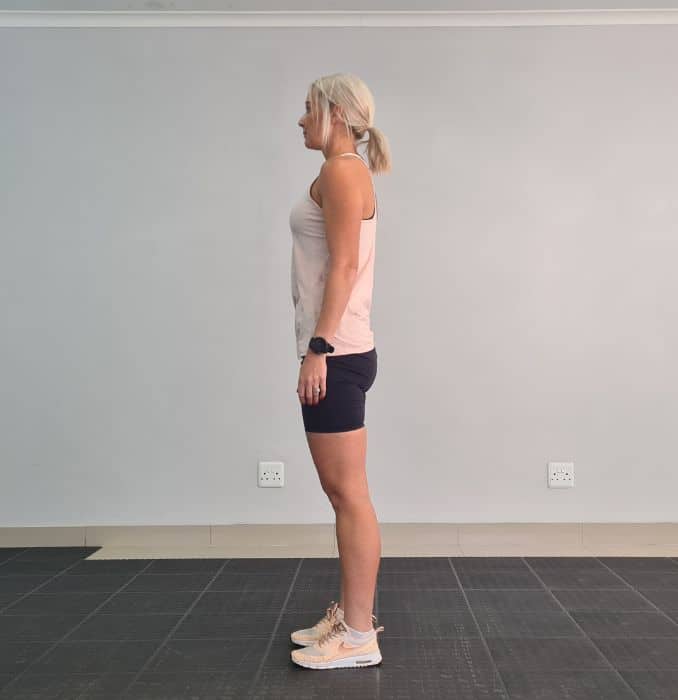 |
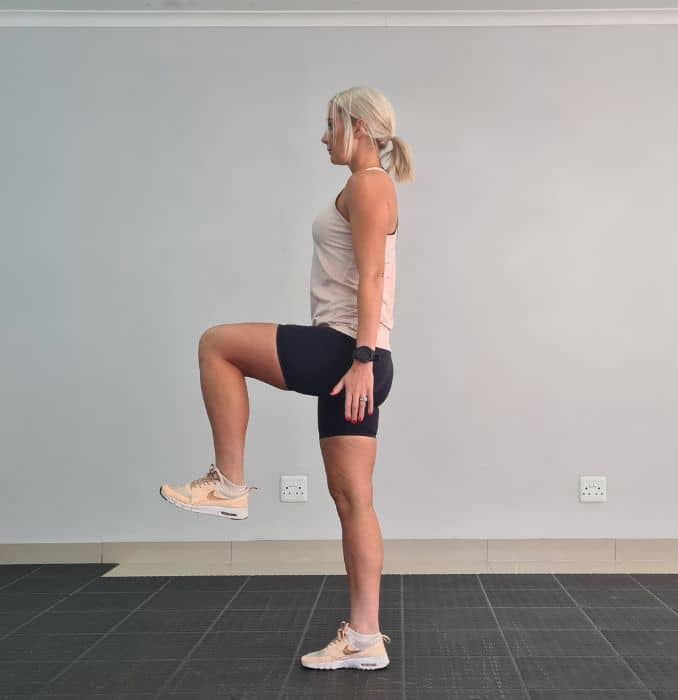 |
2. Standing Hip Extension
Stand with your feet hip-width apart and place your hands on your hips. You can also hold onto a table or chair for support using one of your hands. Now raise your right leg, keep it straight, then place it behind your back as far as possible. Hold this position for 7 seconds before returning it and returning it to the starting position. Complete 10 repetitions, 1 set. Repeat on the opposite hip.
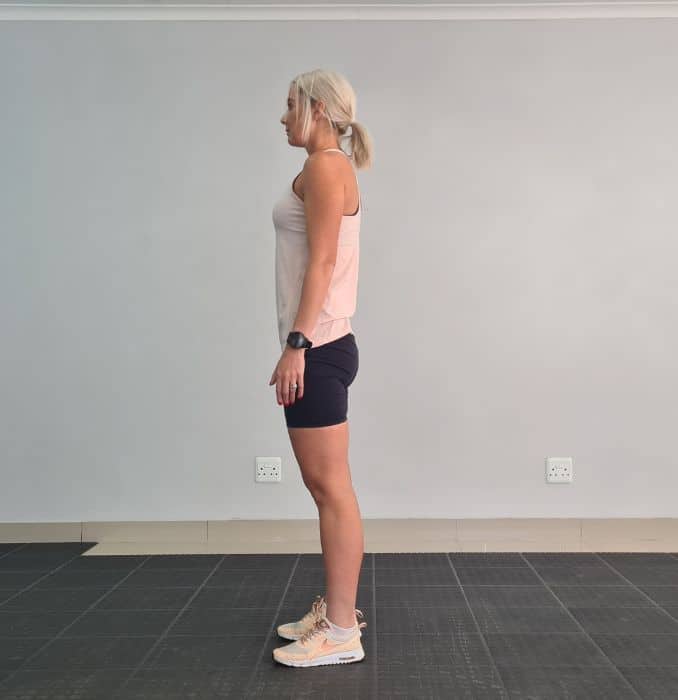 |
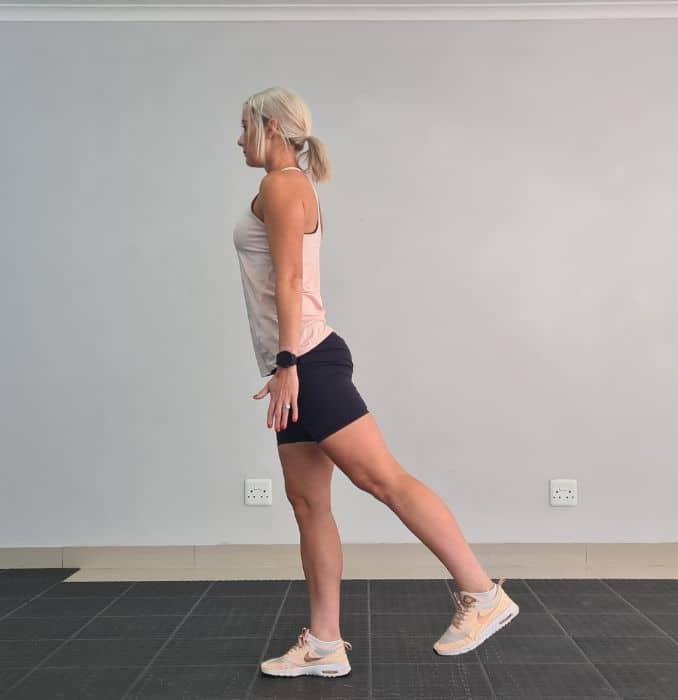 |
3. Standing Hip abduction
For this Treatment For Hip Pain, stand with your feet hip-width apart and place your hands on your hips. You can also hold onto a table or chair for support using one of your hands. Slowly lift the right leg out to the side while keeping it straight. Hold this position for 7 seconds before returning it and returning it to the starting position. Complete 10 repetitions, 1 set. Repeat on the opposite hip.
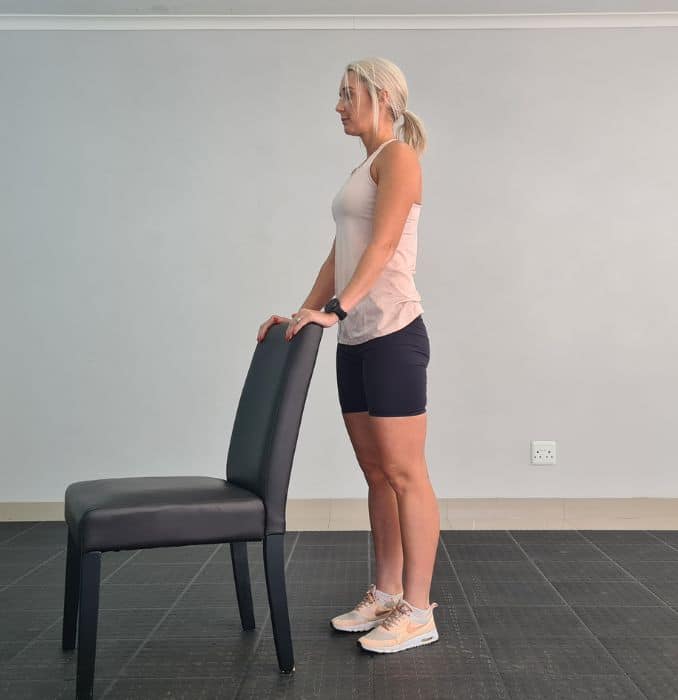 |
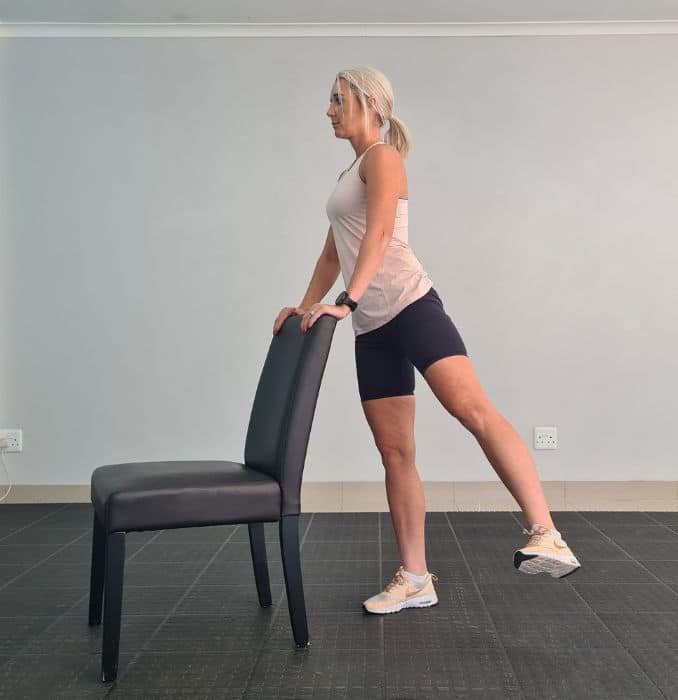 |
4. Heel To Buttock Exercise
Stand with your feet shoulder-width apart and hold onto a table or chair for support using one of your hands. Then, bend your right knee and bring your right heel towards your right buttock by placing your right hand on your right ankle. Hold this position for 7 seconds before returning it and returning it to the starting position. Complete 10 repetitions, 1 set. Repeat on the opposite leg.
5. Mini Squats
Stand with your feet shoulder-width apart. You can also hold onto a table or chair for support using one of your hands. Now gently lower your body by bending your knees and pushing your buttocks back slightly in a mini squat. Hold this position for 7 seconds before returning to the starting position by straightening your knees. Complete 10 repetitions, 1 set.
Outlook
Treatment for hip pain depends on what causes it. This is why it’s important to know the exact cause of hip pain so you can successfully manage it. You may also be advised to rest or prevent playing until you can play again. For minor to moderate hip injuries, rest and conservative treatments such as ice and exercise may be enough to treat it. However, symptoms could worsen for more severe conditions, such as fractures, until you receive proper treatment from clinics or hospitals. Remember that consulting your doctor is recommended to receive the best treatment.
Want a healthy hip? You don’t need a gym, special exercise clothes, or any expensive equipment to do this hip replacement exercise routine. And the whole thing only takes our Hip Replacement Handbook!


